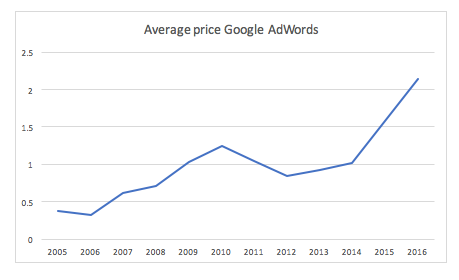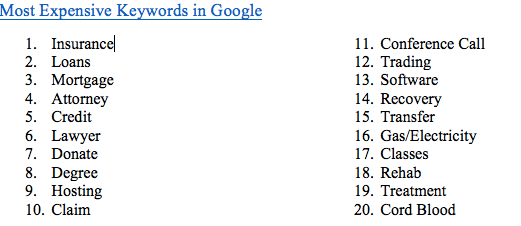BY CINDY NGUYEN, CEO, REGIT
(This is the winning entry for the Emerging Thought Leadership Competition run by Singapore Female Founders & Women in Tech)
To acquire new customers or to retain existing customers — the “to be or not to be” question in business sales. While it may be an obvious answer for new businesses that have yet to establish a substantial customer base, this dilemma has been the topic of argument for businesses that have already grown their customer base significantly, but are seeking further growth in sales.
A quick look at statistics and studies will show that the cost of customer acquisition for businesses has been skyrocketing as time goes. The expense of acquiring new customers is 5 to 7 times costlier than retaining existing customers. While costly, customer acquisition is necessary for small and new businesses seeking growth.
The cost of a new customer is the cost incurred to acquire a new customer through marketing strategies such as advertising. These are customers that have not used the company’s products before; thus, increased efforts should be made to encourage them to purchase company’s products. One way of acquiring customers through advertising is by using Google AdWords.
Google AdWords
There has been a trend of Google keywords increasing in prices from 2005 to present. The graph made below is derived from a data set of average PPC costs from 2005 to 2016.

How does Google estimate the minimum bids for keywords?
A keyword’s minimum bid is determined by its Quality Score. The more relevant your keyword is to your landing page and to the ads in its ad group, the higher the keyword’s Quality Score will be. This translates into a lower minimum bid for that keyword and lower costs for you.
Google uses the concept of QS to rate each campaign and those with higher Quality Scores get served more and pay less. Among the factors Google uses to compute this score are; a keyword’s click-thru rate (CTR), the relevance of the keyword and ad text to its ad group, your landing page quality and other relevance factors.

The Cost per clicks of the abovementioned keywords range from $20 to $60, the top being Insurance at nearly $55 per click.
The Increase in Customer Acquisition Costs
With the increase of new entrants to various markets, both new and existing SMEs have been increasing marketing and advertising activity to stay ahead of the competition and to get noticed. Marketing and advertising being the main components of calculating the cost of acquiring customers, every year the cost of acquiring new customers have been seen to increase, on an average of 34% per year. This have been affecting SMEs as they are losing market share to their competitors as well as having to dealing with increased marketing and advertising cost.
Average Customer Acquisition Cost by Industry

Conclusion: Customer Acquisition or Customer Retention?
As mentioned before, with CAC increasing across all industries and it costs significantly more to acquire new customers compared to retaining existing ones, it is critical that companies place equal if not more emphasis on retaining existing customer than acquiring news ones.
Looking at customer retention, studies show that 4 to 5 times when a customer leaves, they will not return. Even if they return, 59% of them will be less loyal. This highlights the importance of customer retention, as the potential loss of sales from existing customers can be highly substantial.
Comparing the 2 choices, statistics show that the probability of selling to an existing customer is 60–70%, while the probability of selling to a new prospect is 5–20%.
Weighing the results above, it makes sense for businesses (with an established customer base) to focus and invest more on customer retention, which is not only more economical, but statistically proven to work better in generating sales. It all boils down to two simple reasons why businesses should focus on retaining existing customers first. Firstly, retention is cheaper. Getting loyal customers to return and winning back lost customers costs lesser than acquiring new customers. Secondly, customer acquisition only works effectively after first having secured a solid retention of existing customers.
So how do you focus on solid retention then, you might ask? By creating trust — making relationships with customers more personal, establishing a brand community, and most importantly, generating repeat business with every customer interaction.
How then? The solution is Regit, your “forever customer” enabler. Regit enables the forever customer by promoting clean customer data. We do this by simplifying how customers exchange and update information with your business at inception and ongoing. We created a suite of common communication tools for businesses to interact with customers. These are called interactions and reflects how businesses currently collect and maintain information from customers. The platform will be simple to use with an intuitive interface, highly secure, and comply with personal data protection rules (i.e. PDPA and privacy rules).
At the core of Regit is the Regit handshake, which once approved, automatically notifies the business when the customer makes a change to a relevant piece of information. The handshake is bilateral and is only active once the customer agrees to the handshake. Regit places the ownership of customer’s information back in customer’s hands. They customers use it however they like.
With good customer data, businesses can better service their customers, create trust and increase customer retention. Customers on the other hand are happy because they get the service and convenience they want; a win-win for both! Hence, the question of “to be or not to be” to acquire new customers remains to be to spend or to retain, I’ll choose the latter which is Regit.

